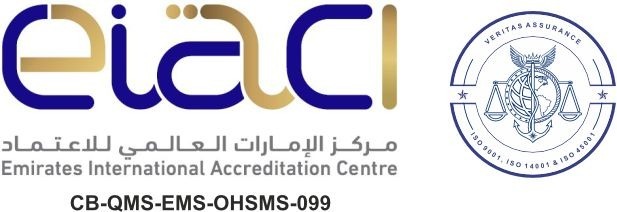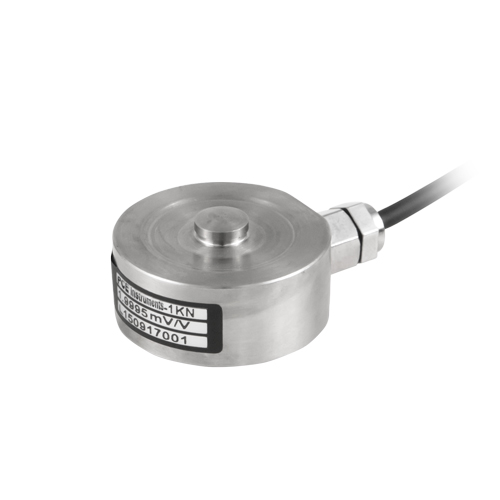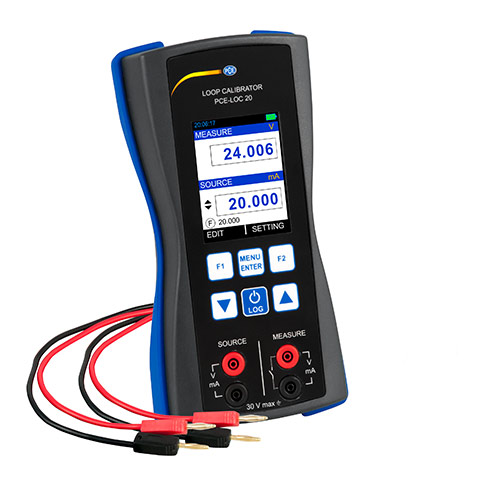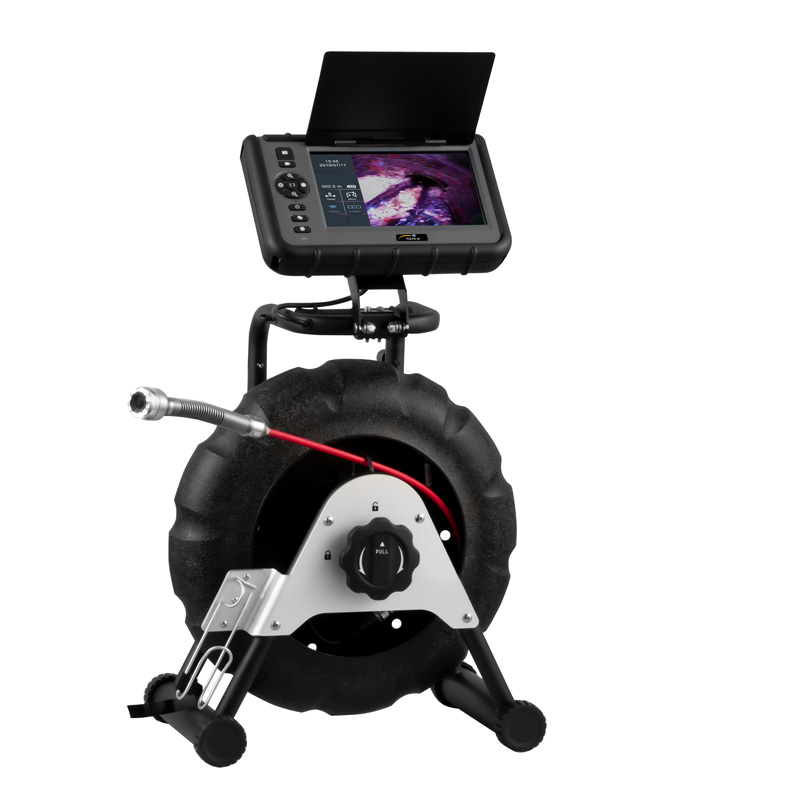Air Quality Monitoring System, a comprehensive solution designed to measure and assess the quality of the air in various environments. Air quality monitoring is crucial for ensuring the health and well-being of individuals, as well as for regulatory compliance in industries. Here are the key features of our Air Quality Monitoring System:
PCE
Air Quality
Key Features:
- Multi-Parameter Monitoring: The system measures multiple air quality parameters, including:
- Particulate Matter (PM): Fine and coarse particulate matter concentrations.
- Volatile Organic Compounds (VOCs): Gaseous pollutants emitted from various sources.
- Nitrogen Dioxide (NO2): A gas associated with vehicle emissions and industrial processes.
- Sulfur Dioxide (SO2): A gas produced by combustion of fossil fuels.
- Ozone (O3): A gas formed by the reaction of pollutants in the presence of sunlight.
- Carbon Monoxide (CO): A colorless, odorless gas produced by incomplete combustion.
- Real-Time Monitoring: The system provides real-time data on air quality parameters, allowing for continuous monitoring and rapid response to changes in air quality.
- Sensor Array: Utilizes a combination of sensors and instruments tailored to specific pollutants for accurate and reliable measurements.
- Data Logging and Storage: The system includes features for data logging, allowing historical air quality data to be stored and analyzed over time.
- Alerts and Alarms: Configurable alerts and alarms notify users when air quality levels exceed predefined thresholds, enabling timely intervention.
- Remote Monitoring: Some systems offer remote monitoring capabilities, allowing users to access real-time data and receive alerts from a remote location.
- Integration with Environmental Networks: The system may integrate with broader environmental monitoring networks, contributing to regional or city-wide air quality assessments.
- Weather Monitoring: Integration with weather sensors provides additional context to air quality data, considering factors such as temperature, humidity, and wind speed.
- Calibration: Regular calibration of sensors ensures the accuracy and reliability of air quality measurements. The system may include features for easy calibration procedures.
- User-Friendly Interface: The system is designed with a user-friendly interface, allowing easy configuration, data visualization, and analysis.
- Compliance with Standards: Our Air Quality Monitoring System is manufactured to comply with relevant environmental standards and regulations, ensuring that monitoring procedures adhere to established norms.
- Customizable Configurations: Users can often customize monitoring configurations based on specific needs or regulatory requirements.
- Public Reporting: In some cases, air quality data collected by the system may be made available to the public through online platforms, promoting transparency and community awareness.









